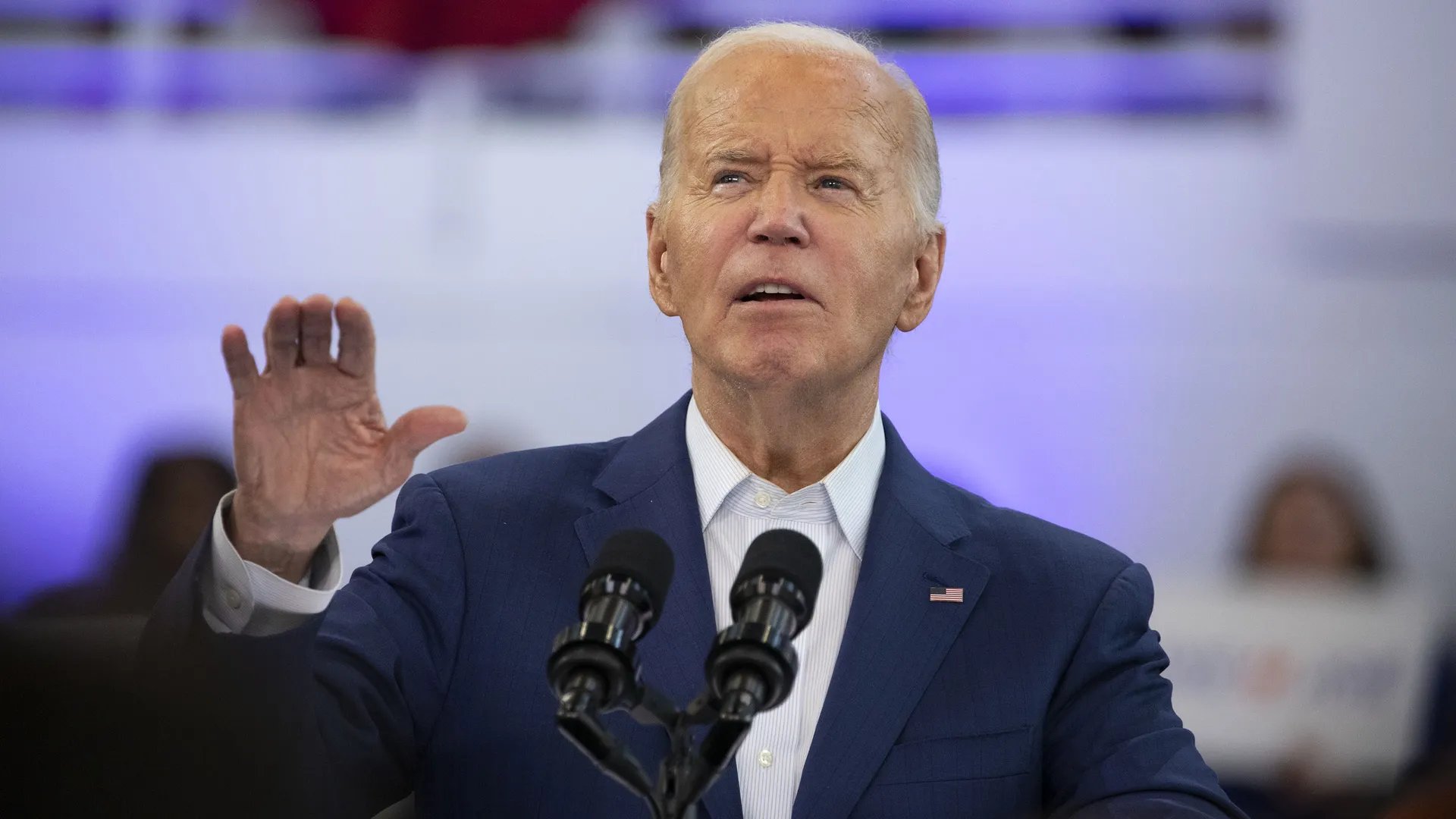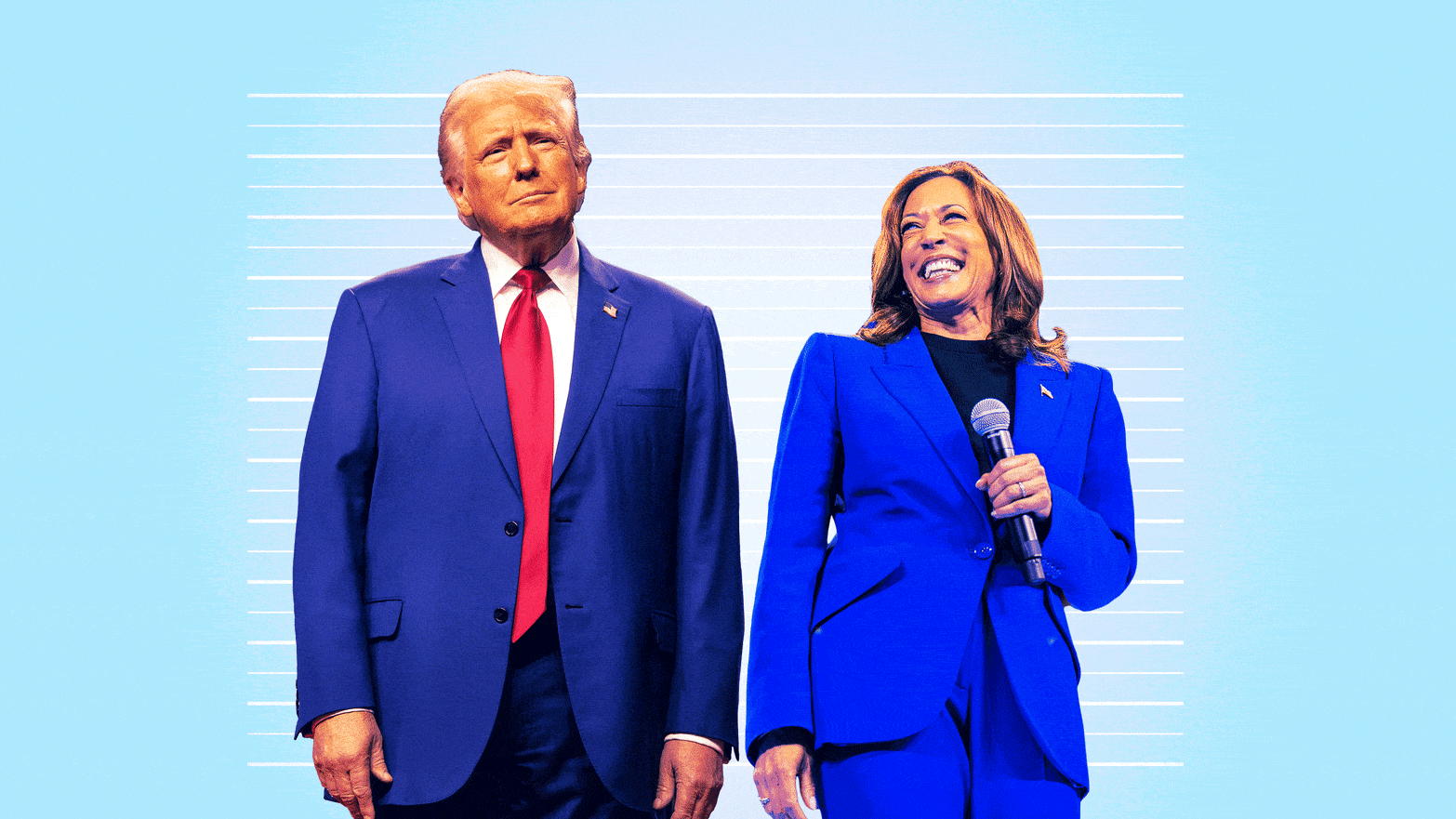The ongoing US federal government shutdown has entered its 22nd day, making it the second-longest in the country’s history. The deadlock, which began on October 1, shows no sign of resolution as political divisions deepen in Washington.
Since the lapse in funding, Senate Democrats have repeatedly blocked Republican efforts to reopen the government, voting against a short-term measure passed by the House to extend funding through November 21.
Only three Democrats broke ranks in the vote, underscoring the sharp partisan divide.
The Senate is expected to reconvene on Wednesday to attempt another vote, though prospects remain bleak.
Democratic leaders insist that talks with President Donald Trump must precede any deal, while Republicans maintain that negotiations can only happen after Democrats vote to reopen the government.
Senate Minority Leader Chuck Schumer urged the president to engage directly, saying, “We urged him to meet with us… any time, any place before he leaves.” But House Speaker Mike Johnson fired back on X, stating that President Trump “is ready and willing to meet as soon as Schumer reopens the government.”
Mounting Political and Economic Pressure
Senate Majority Leader John Thune echoed this hardline stance, declaring, “I don’t know what there is to negotiate. Open up the government first.”
Thune’s team continues to push repeated votes on the seven-week funding bill, believing Democrats will eventually yield under public pressure.
Meanwhile, President Trump has doubled down on his rhetoric, accusing Democrats of “extortion” and demanding immediate action.
Speaking at a White House meeting with congressional Republicans, he said, “Vote for the clean bipartisan resolution and reopen our government — it’s got to be reopened right now.”
At the center of the standoff is a Democratic demand to include an extension of enhanced pandemic-era health insurance subsidies covering about 22 million Americans.
The White House insists these benefits remain valid until December 31 and that such issues can be discussed after reopening government operations.
Economic Fallout Deepens
As the shutdown drags on, the human and economic toll is mounting. About 750,000 federal workers have been furloughed, while thousands more face permanent layoffs.
If no agreement is reached soon, many workers will miss their first full paychecks by Friday, and members of the armed forces may go unpaid by October 31.
The prolonged disruption could slow US economic growth in the final quarter of the year. Essential services like air traffic control, food inspections, and federal courts are already under strain.
The 22-day standoff surpasses the 1995–1996 shutdown under President Bill Clinton, which lasted 21 days after he vetoed GOP spending cuts. The record remains the 35-day shutdown of 2018–2019 — also under President Trump’s administration.
Rate, Like 👍, Comment 💬, Share this article, Follow us on our social media handles, and Submit your own story to get featured and earn rewards!





